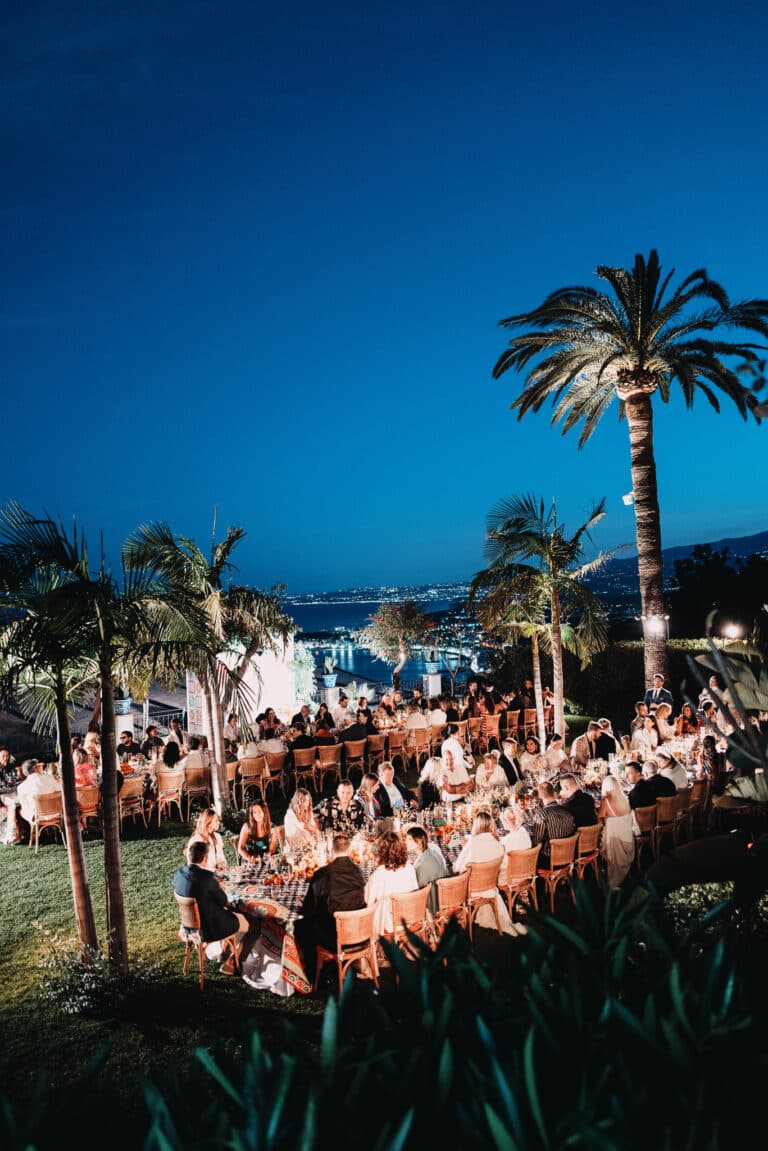Using the elements of Islamic architecture in building mosques,
Mosques are among the oldest Islamic buildings and the most closely related to Islam,
as they are one of the most important Islamic buildings.
In mosques, prayers are held, and they were also places for Muslims to gather for consultation and decision-making,
as the Quba Mosque was the first mosque in Islam.
Then the mosque of the Messenger (peace be upon him) was built, and the mosques were initially simple in design,
then mosques developed after that according to the needs of Muslims.
The mosques included the most important basic architectural elements for their construction,
such as the minbar, the mihrab, the minaret, the bench, the fountain, and the courtyard.
– Mihrab
It is a semi-circular cavity in the wall, placed in order to distinguish the Qibla wall from other walls,
so that worshipers can recognize it.
The mihrab can accommodate only one person, the imam.
Mihrabs date back to the second Hijri year, but they were not hollow pulpits.
The Caliph Omar bin Abdul Aziz was the first to build a hollow minbar in the Prophet’s Mosque,
when he renovated it in the year 90 AH.
The hollow mihrab consists of a cavity that ends with a cap with beautiful shapes of colored marble.
– Pulpit
It is a wooden ladder consisting of several steps, on which the preacher stands when delivering the sermon.
The pulpit has been known since the time of the Prophet (may God bless him and grant him peace).
Where he (peace be upon him) was delivering the sermon on a three-stage pulpit and sitting on top of the last, resting his feet on the second step.
The minbar is made of wood and ends with a place for the preacher to sit.
In Islamic times, the minbar was a sign of beauty.
This is due to the accuracy of making and engraving the wood.
Among the most prominent pulpits are the pulpit of Husam al-Din Lajeen and the pulpit of the Al-Moayad Sheikh Mosque,
then the marble pulpits built in the Mamluk era spread, such as the pulpit of the Sultan Hassan School.
Stone pulpits were also built in the same era as the pulpit of the Amir Sheikho Mosque

– Minaret
It is the place from which the muezzin raises the call to prayer.
The first minaret in Egypt dates back to the era of Muawiyah. As for the minaret of Al-Juyoushi Mosque in Mokattam,
it is one of the oldest minarets. It is a minaret that dates back to the Ayyubid era.
Double-headed minarets appeared at the beginning of the second half of the 8th century AH,
and the minarets of the Mamluks were distinguished by the beauty of proportions and the splendid harmony between the parts of the minaret.
As for the minaret of the Ottoman era, it was characterized by simplicity,
height, and devoid of decoration, except for some prominent stone bands that divide the body of the minaret into rectangular areas.
– performer of rituals’ bench
It is an object high from the ground, intended for the person who repeats the call to prayer behind the muezzin.
It is carried on marble columns surrounded by marble slabs, and the muezzin ascends to it by means of a ladder.
– The faucet
It is a basin for ablution in the middle of the courtyard of the mosque, usually,
and it is covered. The fountain is located in the middle of the courtyard in the school or in the mosque.
Its size varies according to the area of the courtyard. A dome rests on it on columns.
It is an octagonal basin of bricks, covered from the inside and outside with marble,
and in the middle of it is a marble fountain.
-
Mosque courtyard
It is the open square or rectangular space that is left without a roof in the middle of the mosque or the mosque,
surrounded on all four sides by four canopies, the largest of which is the qibla canopy.
It is noted that this courtyard may be covered with a flat roof,
due to the environmental and climatic conditions of the region or country in which the mosque is built.
You may like: The reasons for the exposure of modern architecture in the Kingdom of Saudi Arabia to criticism





